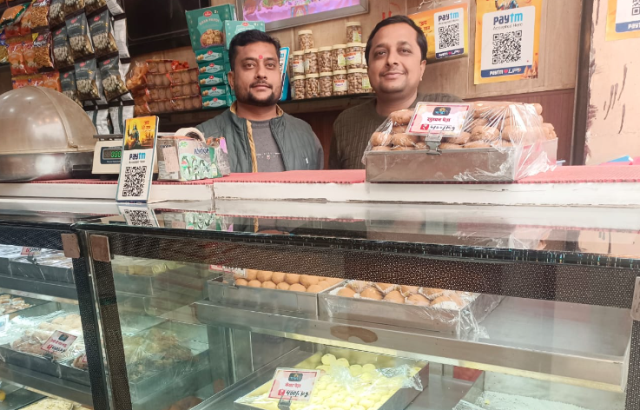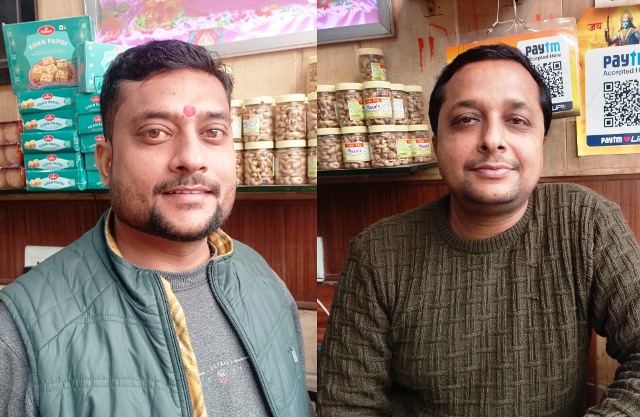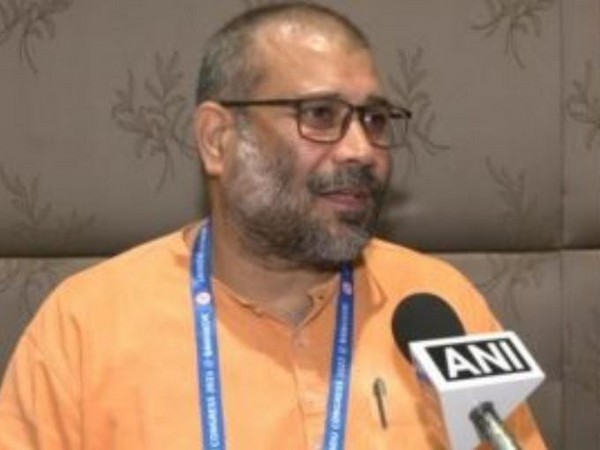Sumit and Amit Gupta, the fourth generation owner of Chandra Sweets in Hanumangarhi, say the economic activity in the city is growing by each passing day. Their views:
Ever since the Pran Pratishtha (consecration) ceremony was held in Ram Mandir, Ayodhya has become the city that never sleeps. Earlier, sweet shops on the Ram Path, the road leading to the temple in Hanumangarhi, used to see two-fold business on Ramnavmi and Diwali. However, since January 22 (when the consecration ritual was held), the sweets (used as prasad) are selling four to five times the regular sales every day. Ab toh har din Diwali hai (Every day is Diwali now).
We have been doing business for four generations, but we have never witnessed such a monumental surge of the devotees in Ayodhya. There are two famous sweet items in our shop, khurchan and lal peda. Now, these vanish within hours of being brought to the shop. We have to outsource the ingredients from faraway vendors as our regular suppliers are unable to meet the demand. And the surge is growing by each passing day. We are not talking only about sweet shops or Pooja-related wares; you name any business in Ayodhya and you will find it flourishing in leaps and bounds.

But we have not raised the prices of any item. Nor have the new suppliers tried to make profits by increasing the price. Everybody is happy with the current windfall and feels blessed by Ramlala. The common man in Ayodhya feels content and happy that Lord Ram has found a permanent gaddi (seat) and roof after a struggle and patient wait of over 500 years.
ALSO READ: Ram Temple is a Symbol of Unity in Counrty
The entire geography and appearance of the city has changed in the past few years, since the construction of Ram Mandir began. The markets and shops have got a facelift, and there is not a single road or bylane which has not been provided with lighting. Potholes, broken roads, poor sewage systems and garbage management that used to be a trademark of the city are now a thing of the past.
There is oly one grudge though. There has been too much barricading to regulate the flow of pilgrims. This is causing a lot of movement hassles to the visitors. However, the vendors are confident that once the dust settles, these hindrances will be removed pushing the economy of the religious city to newer heights.
As told to Rajat Rai
For more details visit us: https://lokmarg.com/


